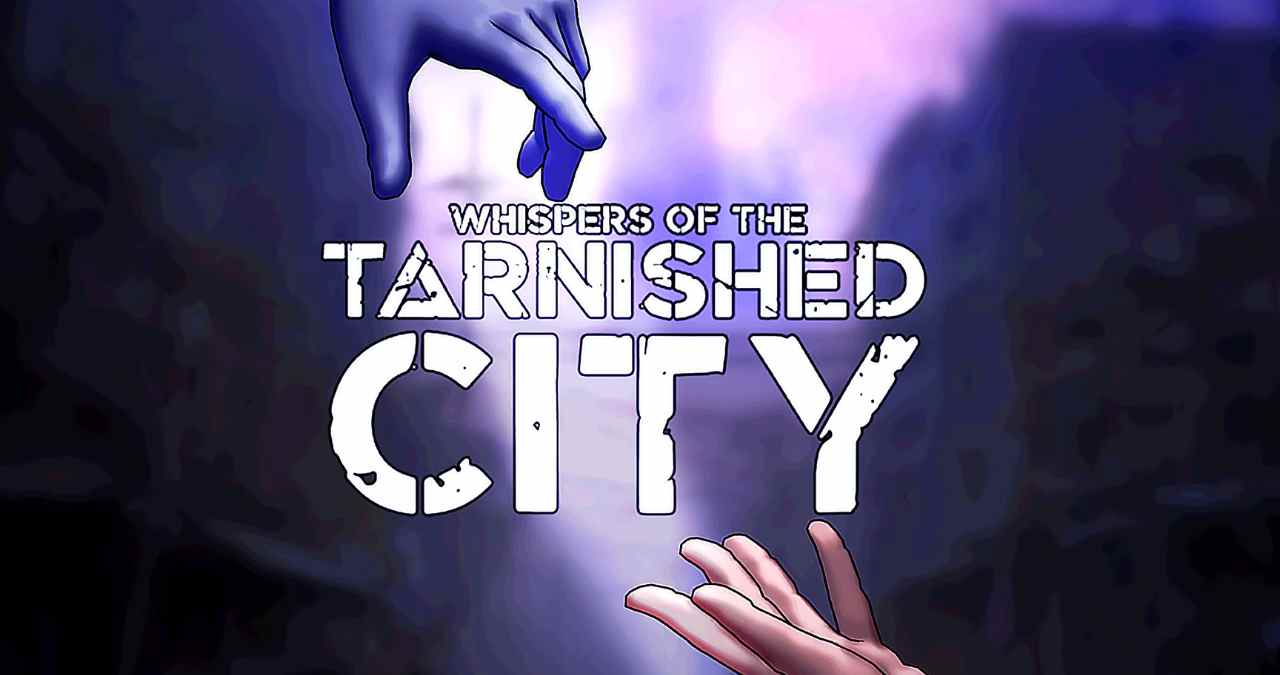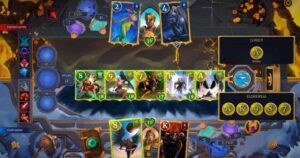A new narrative-focused VR experience is in the works, and it’s not chasing spectacle. Whispers of a Tarnished City is aiming for something quieter, more atmospheric a mystery adventure that trades combat for tension, and action for observation.
Developed for Quest, PC VR, and PSVR2, the game builds around slow-burn storytelling and exploration, set against a backdrop that looks more painted than rendered. It’s the kind of project that bets on tone and pacing instead of high-octane gameplay.
Story-driven gameplay with light puzzle mechanics
At its core, Whispers of a Tarnished City focuses on narrative exploration. Players move through a mysterious urban environment filled with strange symbols, surreal architecture, and fragmented memories. The goal isn’t to survive waves of enemies or master a complex control scheme it’s to figure out what happened here, and why it matters.
Gameplay involves interacting with objects, solving light puzzles, and piecing together story fragments. Think more The Room or Call of the Sea than a physics sandbox. The experience is structured, but not linear, giving players room to explore at their own pace.
There’s also an emphasis on environmental storytelling. Clues aren’t just handed to you they’re hidden in set dressing, dialogue snippets, and symbolic imagery.
Art style aims for mood over realism
Visually, the game steps away from photorealism in favor of a stylized, hand-painted aesthetic. Buildings appear weathered and abstract. Light sources feel hazy and theatrical. It gives the world a dreamlike quality that fits the tone of the narrative.
That style isn’t just a creative choice it’s also a practical one. It helps the game maintain visual coherence across different hardware platforms, including the standalone Quest. On higher-end systems, the art holds up because it’s not chasing fidelity, just atmosphere.
This design direction makes the world feel less like a game space and more like a stage. The visuals set the emotional tone before the story even begins.
Designed for immersion, not adrenaline
There’s no combat system, no inventory management, no timers pushing you forward. Whispers of a Tarnished City is deliberately slow. The pace lets you settle into the world and pay attention to the details, whether it’s a crumbling mural or the sound of wind echoing through an alley.
That doesn’t mean the game lacks tension. The unease comes from what isn’t explained, what’s left out. The city itself is the antagonist broken, unreadable, and filled with subtle clues that something went wrong.
This kind of pacing won’t be for everyone, but it clearly isn’t trying to be. The game knows what kind of experience it’s offering and leans into it.
Cross-platform release signals broader ambitions
Launching on Quest, PC VR, and PSVR2 puts Whispers in a rare position. Most narrative-heavy indie VR titles don’t make the jump across all three major platforms. The cross-platform plan suggests the developers are serious about reach, even if the tone of the game remains niche.
It also raises expectations about comfort and interaction design. Each platform has different tracking systems and power limitations, so maintaining consistency will matter especially in a game that relies on slow movement and close-up object interaction.
For players who value mood, pacing, and storytelling in VR, Whispers of a Tarnished City is quietly shaping up as one to keep an eye on. Not because it’s loud or flashy, but because it knows exactly what it wants to be.
Virtual Reality Explorer & Game Reviewer
Always the first to plug in. VRSCOUT dives head-first into the most immersive VR worlds, analyzing mechanics, comfort, innovation, and that elusive “presence” factor. If he says it’s worth it, it probably is.




